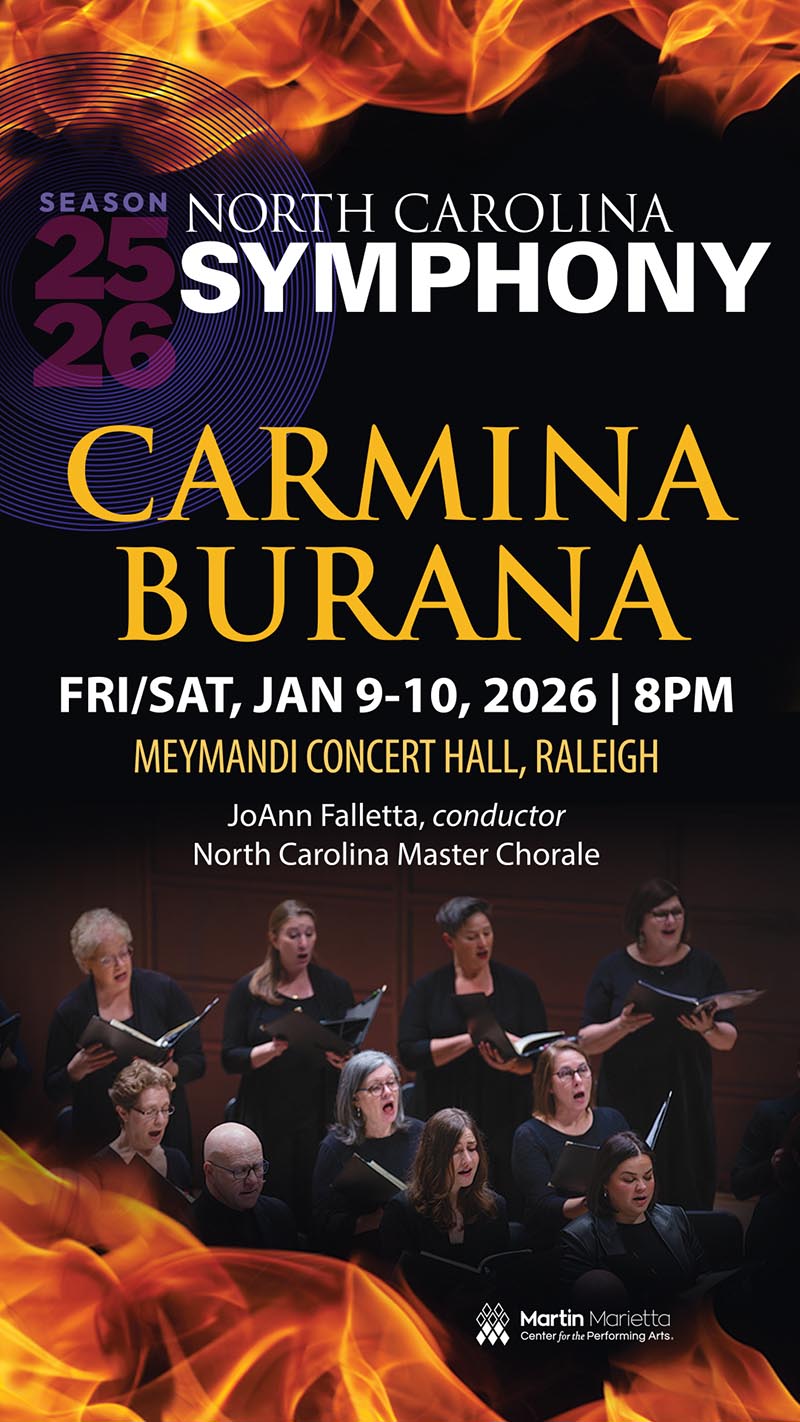Symphony No. 3 in E-flat, Op. 55, “Eroica”
Ludwig van Beethoven
[1804]
When Ludwig van Beethoven started writing symphonies in his twenties, he adopted the bright, congenial style perfected by his onetime teacher, Joseph Haydn. Over time, as Beethoven’s self-assuredness grew and his hearing deteriorated, his style evolved into something radically direct and almost obsessive in how it wrung every last drop of meaning out of the most basic materials. The dramatic arrival of this “middle period” of Beethoven’s career coincided with his birth of his monumental Third Symphony, an effort that dwarfed his previous two symphonies and all others that came before him.
Initially, Beethoven gave the Symphony No. 3 in E-flat the subtitle of “Bonaparte,” but the composer’s adulation turned to disgust in 1804 when he learned that Napoleon, a hero of the French Revolution, had crowned himself Emperor,. According to the student who delivered the disturbing news, Ferdinand Ries, “Beethoven went to the table, seized the top of the title-page, tore it in half and threw it on the floor.” When preparing the symphony for publication in 1806, Beethoven re-titled it “Sinfonia eroica, composed to celebrate the memory of a great man,” without specifying who that other hero was. (It might have been Prince Louis Ferdinand of Prussia, a friend of a patron who died in 1806 fighting against Napoleon’s army.)
The defining motive of the “Eroica” Symphony’s first movement is a rocking cello strain that trails into foreign harmonies after four measures. As the central development section closes, a French horn makes a surprise entrance with a recapitulation of that same theme a few measures ahead of schedule—an effect so unexpected that even Beethoven’s student Ries, upon hearing the symphony for the first time, suspected the horn player of having lost count of the measures.
The symphony’s second movement, labeled a funeral march, sinks into a prolonged state of despair that might induce misery if not for its undeniable grace and beauty. A major-key interlude, providing respite, incorporates an arpeggiated accompaniment that recalls the gentle sway of the first movement. After returning to the minor key, the appearance of fugal counterpoint reinforces the profound, ceremonial atmosphere of the funeral march.
Out of this grief comes a giddy Scherzo, a symphonic construct that Beethoven popularized as an alternative to Haydn’s slower, tamer minuets. A contrasting trio section features the horns in vigorous hunting calls.
The finale, built as a theme and variations, incorporates material from the ballet The Creatures of Prometheus that Beethoven had also used in an earlier set of piano variations. A short but fiery introduction gives way to an unusual presentation of the theme, reduced to its bare skeleton.
Two flutes, two oboes, two clarinets, two bassoons, three horns, two trumpets, timpani, strings

